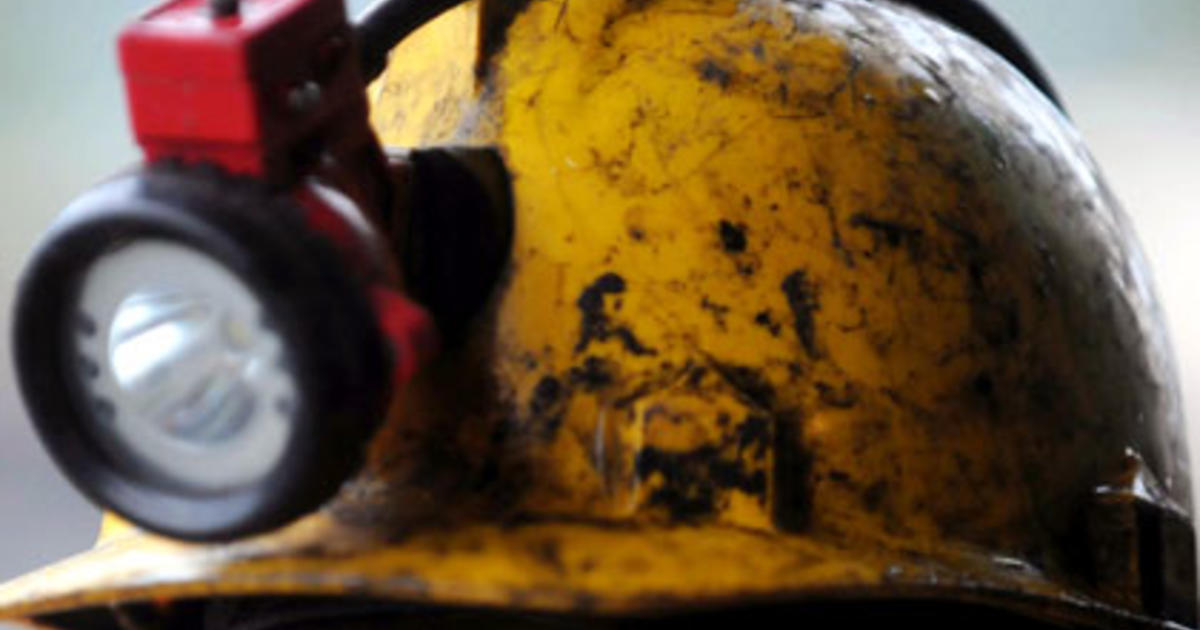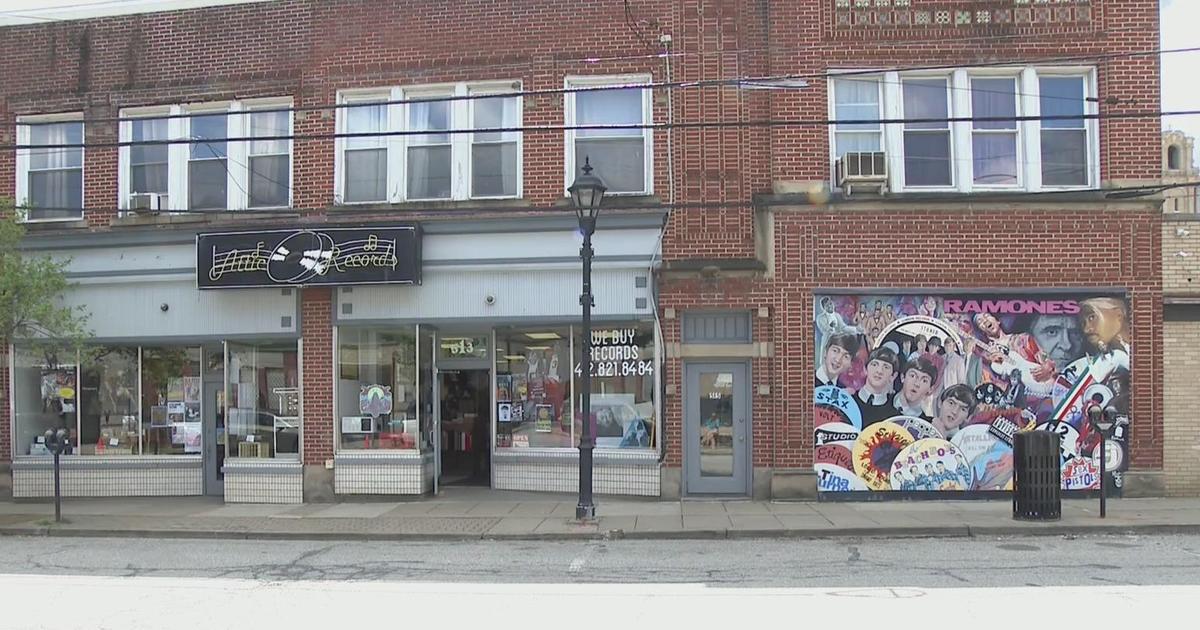Alcosan Working To Upgrade Treatment Facility
PITTSBURGH (KDKA) - Alcosan has been spending a lot of money to upgrade its 59-acre facility that is responsible for treating the wastewater of 83 communities in Allegheny County, including Pittsburgh.
In addition to spending money on things like new pumps for the wet-well, there also are other fixed costs that Alcosan deals with every single month.
For instance, the most notable is electricity. To run those pumps and to run the facility, they are spending $500,000 every month.
"It's a very energy intensive process. It's 24/7. It's coming in and as fast as it's coming in, we have to find some way to be able to treat process and then to discharge a purified waste stream into the river," Director of Operations and Maintenance Douglas Jackson said.
On a dry day, Alcosan will treat roughly 175 million gallons of waste water.
They first screen for huge objects such as basketballs or car tires, before hundreds of tons of smaller grit is removed.
Then, they tackle the human waste.
In just 12 hours, it is screened, disinfected, dechlorinated and discharged into the Ohio River. But, the plant simply can't handle more than 250 million gallons a day.
When it rains heavily, that means nine billion gallons a year go untreated straight into the river. That's largely because the old infrastructure in Pittsburgh combines sewer water and waste water into one pipe instead of two that would separate and greatly reduce the amount of wastewater that goes to Alcosan.
"If we were building a city today, that is exactly what you would do, but as we mentioned on the tour, we have been here since 1959. Obviously, the region has been here a much longer time period and certainly back in the day, the issue of dealing with waste and waste streams from residential, commercial, business entities was to get it in a pipe and get it away," Jackson said.
To install separate lines would cost billions of dollars and ultimately, the end user is forced to foot the bill. It's a cost many municipalities simply can't afford.
"We're keenly aware of that. Without having the ability to receive any kind of local, state or federal funding, the burden certainly does come on the individual rate payer," Jackson said.
Long-term projects they are looking at include, hydro-electric, putting a turbine at the outflow that goes into the river or perhaps wind turbines or solar. Ultimately, those things, while 10 or 15 years away, could also reduce your total cost.



